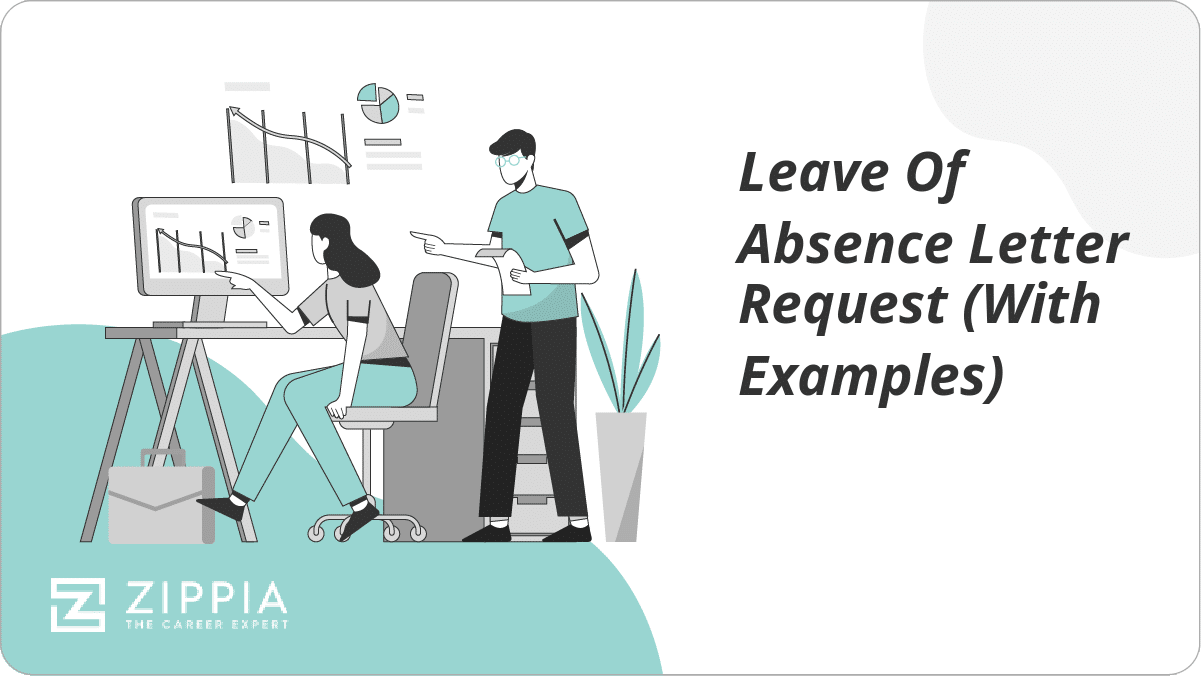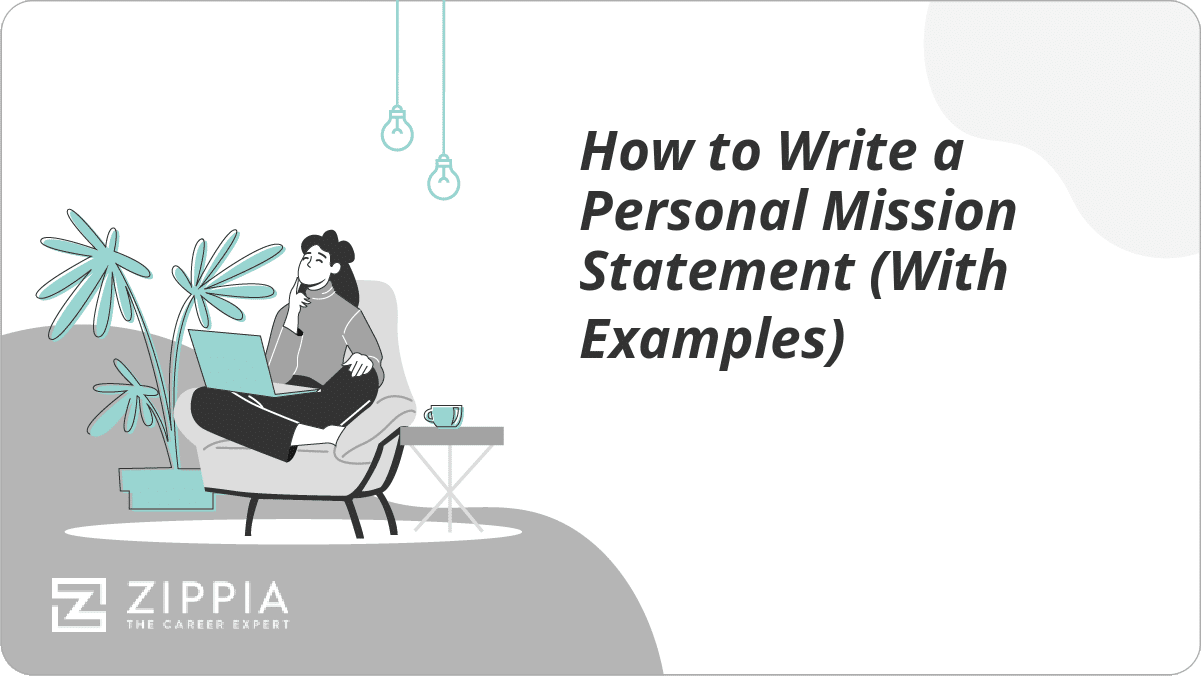- Office Etiquette
- Office Etiquette
- Dating A Coworker
- April Fools Pranks For Work
- How To Be A Good Employee
- Pet Peeves List
- How To Write A Project Proposal
- Qualities Of A Good Worker
- How To Get Along With Your Boss
- What Engaged Employees Do Differently
- What To Say Instead Of Sorry
- How To Send A Friendly Reminder Email
- How To End A Conversation
- Sorry For The Delay
- Tattoos In The Workplace
- Sorry For The Late Reply
- How To Respond To A Compliment
- New Employee
- How To Introduce Yourself Professionally
- Welcome New Employee Announcement
- Welcome Letter
- Thank You Note To Colleague
- 30/60/90 Plan
- Getting To Know You Questions
- Job Satisfaction
- Team Building Activities
- At Will Employment
- Company Culture
- Corporate Culture
- How To Succeed At Your New Remote Job
- How To Prepare For New Job Orientation
- How To Create An Employee Handbook
- Hostile Work Environment
- Hostile Work Environment
- How To Deal With A Difficult Coworker
- What Is Human Resource Development (HRD)?
- I Hate My Job
- Burnt Out At Work
- Condescending Coworker
- Sexual Harassment In The Workplace
- Work Environment
- My Job Sucks
- Favoritism At Work
- Respect In The Workplace
- Wagner Act
- Documentation In The Workplace
- Unconscious Bias
- Ageism
- What To Do When You Feel Unappreciated At Work
- How To Respond To A Warning At Work
- How To Deal With A Passive Aggressive Coworker
- What To Do When You're Unhappy At Work
- I Hate My Boss
- Gaslighting Boss
- Signs You're Underpaid
- Insubordination At Work
- Missing Work
- Communicating
- Send Retirement Wishes
- Write A Congratulations Email
- Professional Voicemail Greeting Examples
- Made A Mistake At Work
- Google Tricks
- Appeal Letter
- Employee Morale
- How To Write A Professional Email
- Out Of Office Message
- Small Group Icebreakers
- Memo Format
- Memo Examples
- Cell Phone At Work
- Meeting Minutes
- Communication Barriers
- How To Take Notes
- How To Brainstorm
- Ask For A Mental Health Day
- Transfer Request Letter And Email Examples
- How To Write A Business Proposal
- How To Deal With A Lazy Coworker
- How To Write A Rejection Letter
- How To Say No
- Scheduling
- Personal Goals
Find a Job You Really Want In
A well-written letter can increase your chances of being granted a leave of absence and staying on good terms with your supervisor and your team.
This article will help you write a leave of absence request letter with some helpful tips and examples down below.
Key Takeaways:
-
A leave of absence is an extended period of time when you will not be formally working while still maintaining your position at a company.
-
The formal process for requesting a leave of absence involves sending a letter to your supervisor as well as higher management and getting this request approved. You do this for documentation purposes, as well as to clarify your specific needs in your request.
-
Leaves of absence are taken for various reasons, including medical needs, birth or adoption of a child, or other urgent personal needs.

How to Request a Leave of Absence From Work
Here’s everything you’ll need to include in your written request for a leave of absence. Consider all your needs and refer back to the meeting with your supervisor to determine this letter’s specifics. Just be sure to hit all of the following points:
-
Request for a leave of absence
-
Specific (or anticipated) calendar days of your leave of absence
-
The general reason for needing a leave of absence
-
How you can be of assistance during your absence
-
Statement of gratitude
Requesting a leave of absence for any reason involves the same basic steps, which are as follows:
-
Know your company policies and state laws regarding work absences. The first thing you’re going to want to do is check your employee handbook and become familiar with your company’s policies on leaves of absence.
See what the leave benefits are (if there are any). Check whether or not your company will still pay you during this leave and plan accordingly.
You’ll also want to know what your state and federal laws say about employee leaves of absence. The Family and Medical Leave Act entitles certain employees to take job-protected leave, which you can learn more about here. There are also varying state laws that may require specific language or forms.
-
Determine the time frame. Your second step is determining how long you will need time off of work.
Keep in mind that you’re going to need to justify each day taken off, and your supervisors are not likely to approve a leave of absence that requests an excessive amount of time off without good reason. If you have a doctor’s note or other documentation specifying the amount of time you need off, be sure to include that and factor it in.
There are some cases where you may not know the exact date you will be able to return to work, such as when you or a loved one you are the caregiver for is experiencing a medical condition with an unknown recovery time. In these situations, try to give an expected return date and stay in contact with your management with any changes.
-
Meet with your supervisor to discuss your absence. As soon as you determine that you need a leave of absence and the general timeline, meet with your direct supervisor to discuss your request.
Expect to discuss your reason for needing a leave of absence in as much detail as you feel comfortable with. Your supervisor will work with you to create a plan for how best to handle your absence. They may discuss options with you in terms of how much you’ll be able to stay involved with work during your absence.
-
Consider your options. After meeting with your supervisor, consider the options you discussed or the available options. You may have the opportunity to temporarily reduce work hours, work from home, or other measures in which you will still be working but with added flexibility for your circumstances.
If you cannot do this, consider the extent to which you will be reachable during your leave of absence and what steps you can take to ease this transition.
-
Create your leave of absence letter. Finally — after considering all of the above steps — you’ll create your formal letter notifying of your leave of absence. Craft this letter for your supervisor and whomever else you are required to notify formally.
You’ll want to be as open, honest, and transparent as possible so that you and your supervisors remain on the same page. However, you don’t need to share anything you aren’t comfortable sharing. When in doubt, just say “personal reasons.”
-
Tell your team. After sending your letter, decide with your supervisor how you will inform your colleagues of your absence. You may need to tell them personally, or someone may take care of it for you.
Be sure to give adequate notice to any coworkers who work directly with you or otherwise depend upon your work. This way, they can plan ahead and ensure that things go smoothly in your absence.
Example Leave of Absence Letters with Template
The following examples demonstrate proper protocol for requesting a leave of absence from your employer. These letters are to be sent after meeting and discussing your absence with your direct supervisor, but prior to discussing this absence with your coworkers.
This leave of absence request gives an example of how you might format a written letter.
Leave of Absence Written Letter Example
[Your Name]
[Your Address]
[Your Phone Number]
[Other Relevant Contact Information]December 8, 2020
[Your Supervisor’s Name]
[Company or Organization]
[Company or Organization Address]
Dear [Supervisor’s name],This is a formal written request notifying of my intention to take a two-week leave of absence for personal reasons. As discussed in our meeting yesterday, I hope to take this leave from [start date] through [return date] if this is still a timeframe that works for you.
I will be able to return to work on [return date].
Please let me know if I can be of any assistance in making preparations for my absence. Don’t hesitate to contact me with any further questions.
Thank you for your understanding during this difficult time.
Sincerely,
[4 lines of blank space for a written signature]
[Your name]
This letter exemplifies a formal leave of absence request sent via email.
Leave of Absence Email Example
Subject: [Leave of Absence – Megan Gordon]
February 19, 2021
Dear Sharon,
I’m writing to request a formal leave of absence from work starting next month due to a recent family emergency. I plan to take this leave from March 8, 2021 through April 2, 2021.
I plan to return to work on April 5, 2021. As discussed, this is a tentative date based on my current family circumstances. I will update you with adequate notice if I need to create a plan for returning to work at a later date.
In preparation for my leave, I am willing to train my colleagues to complete projects in my absence and communicate with my clients. During my leave, I will be available periodically to answer urgent questions through email or cell phone.
Thank you for your assistance in this process and your consideration.
Regards,
Megan Gordon
(618)-219-8705
[email protected]
This example shows how to request a leave of absence for medical reasons via email. This excludes FMLA requests as they involve their own documentation forms.
Medical Leave of Absence Example
Subject: [Leave of Absence – Treyvon Moore]
June 1, 2021
Dear Ms. King,
I am submitting this request for a leave of absence following an upcoming medical procedure on June 26. My doctor requires a recovery period of two weeks, so my leave will begin on June 28 and end on July 9, 2021. I have attached her signed recommendation.
As per my doctor’s orders, I will be able to return to work on July 12, 2021.
Please let me know if there is anything I can do to assist in covering my workload during my absence. Thank you for your time and understanding.
Best regards,
Treyvon Moore
(919)-231-8124
[email protected]
What Is the Family and Medical Leave Act?
The Family and Medical Leave Act is a federal labor law established in 1993. The FMLA’s purpose is to protect employees who have genuine private concerns outside of work that they need to take time off from work for.
The FMLA states that eligible employees must receive an unpaid leave of absence in the event of family reasons (birth, adoption, etc.) or health issues. Note that while companies are not mandated to pay employees who take leaves of absence, these employees’ benefits remain, most importantly their employer-sponsored health insurance.
Employees who are approved for a leave of absence under the FMLA must receive the same job they had when they left, or a job of similar pay with similar responsibilities.
You can take up to 12 weeks of unpaid time off out of the year under the FMLA. If you need to take a leave of absence to care for a military service member who’s dealing with a serious medical condition, this time frame is extended to 26 weeks.
These weeks don’t have to be taken consecutively, and federal holidays don’t count against your total days taken off through the FMLA.
Also note that the FMLA only applies to companies that employ more than 50 individuals, and to employees who have worked at least a year with the company for at least 1,250 hours (part-time) over the past year.
The FMLA is the absolute minimum that companies of this size must follow. Many organizations choose to offer much more generous leave packages, especially for those leaving for parental leave
Some states also have laws that are more generous for employees. For example, in California, employees still receive 60-70% of their average earnings while on a family leave of absence. Be sure to look into your state’s guidelines to learn the exact details.
Do’s and Don’ts for Requesting a Leave of Absence
These are some general rules of thumb when requesting a leave of absence.
-
DO: Give adequate notice.
-
DON’T: Wait until the last minute.
Give your supervisors and your team time to plan for your absence by submitting your request as soon as possible.
-
DO: Communicate with your direct supervisor first.
-
DON’T: Tell coworkers or clients before your supervisor.
You don’t want your supervisor to feel like you are keeping secrets, as this can erode trust. So be sure to tell her of your plans before you tell others.
-
DO: Offer gratitude and further assistance.
-
DON’T: Make the details of your departure unclear.
Try to let your team know explicitly how you can help in preparation for and during your absence. Be helpful to others in whatever capacity you are able, as your absence may increase their workload.
Common Reasons to Request a Leave of Asbence
The most common reasons to request a leave of absence outside of normal PTO include:
-
New child. Maternity and paternity leave are the most common reasons why employees take extended leaves of absence. Different companies might have different policies, but the FMLA covers the bare minimum requirements for coverage (more on that below).
-
Medical reasons. When you need to get surgery or treat a condition, you probably won’t be able to continue with your normal occupation for a little while. The FMLA also covers these reasons, including if the medical issue is with a family member that you’re caring for full-time.
-
Education. Choosing to go back to school is a legitimate reason to request a leave of absence, but it’s best to talk to your supervisor about your goals and get on the same page about how your education will help you do more at work.
-
Death in the family. Employers won’t always make you take PTO days when you suddenly need to attend a funeral or deal with a death in the family.
-
Military. People in the Army Reserve should be forthcoming when taking a job, but most employers are happy to have armed service members working for them. These leaves of absence may also be taken for family members who need time off for military reasons.
-
Jury duty. It can happen to any over the age of 18. When this happens and you are picked to be apart of a jury, depending on the court case, you could be out of work for a couple weeks. When this happens you need to let your employer know.
- Office Etiquette
- Office Etiquette
- Dating A Coworker
- April Fools Pranks For Work
- How To Be A Good Employee
- Pet Peeves List
- How To Write A Project Proposal
- Qualities Of A Good Worker
- How To Get Along With Your Boss
- What Engaged Employees Do Differently
- What To Say Instead Of Sorry
- How To Send A Friendly Reminder Email
- How To End A Conversation
- Sorry For The Delay
- Tattoos In The Workplace
- Sorry For The Late Reply
- How To Respond To A Compliment
- New Employee
- How To Introduce Yourself Professionally
- Welcome New Employee Announcement
- Welcome Letter
- Thank You Note To Colleague
- 30/60/90 Plan
- Getting To Know You Questions
- Job Satisfaction
- Team Building Activities
- At Will Employment
- Company Culture
- Corporate Culture
- How To Succeed At Your New Remote Job
- How To Prepare For New Job Orientation
- How To Create An Employee Handbook
- Hostile Work Environment
- Hostile Work Environment
- How To Deal With A Difficult Coworker
- What Is Human Resource Development (HRD)?
- I Hate My Job
- Burnt Out At Work
- Condescending Coworker
- Sexual Harassment In The Workplace
- Work Environment
- My Job Sucks
- Favoritism At Work
- Respect In The Workplace
- Wagner Act
- Documentation In The Workplace
- Unconscious Bias
- Ageism
- What To Do When You Feel Unappreciated At Work
- How To Respond To A Warning At Work
- How To Deal With A Passive Aggressive Coworker
- What To Do When You're Unhappy At Work
- I Hate My Boss
- Gaslighting Boss
- Signs You're Underpaid
- Insubordination At Work
- Missing Work
- Communicating
- Send Retirement Wishes
- Write A Congratulations Email
- Professional Voicemail Greeting Examples
- Made A Mistake At Work
- Google Tricks
- Appeal Letter
- Employee Morale
- How To Write A Professional Email
- Out Of Office Message
- Small Group Icebreakers
- Memo Format
- Memo Examples
- Cell Phone At Work
- Meeting Minutes
- Communication Barriers
- How To Take Notes
- How To Brainstorm
- Ask For A Mental Health Day
- Transfer Request Letter And Email Examples
- How To Write A Business Proposal
- How To Deal With A Lazy Coworker
- How To Write A Rejection Letter
- How To Say No
- Scheduling
- Personal Goals





